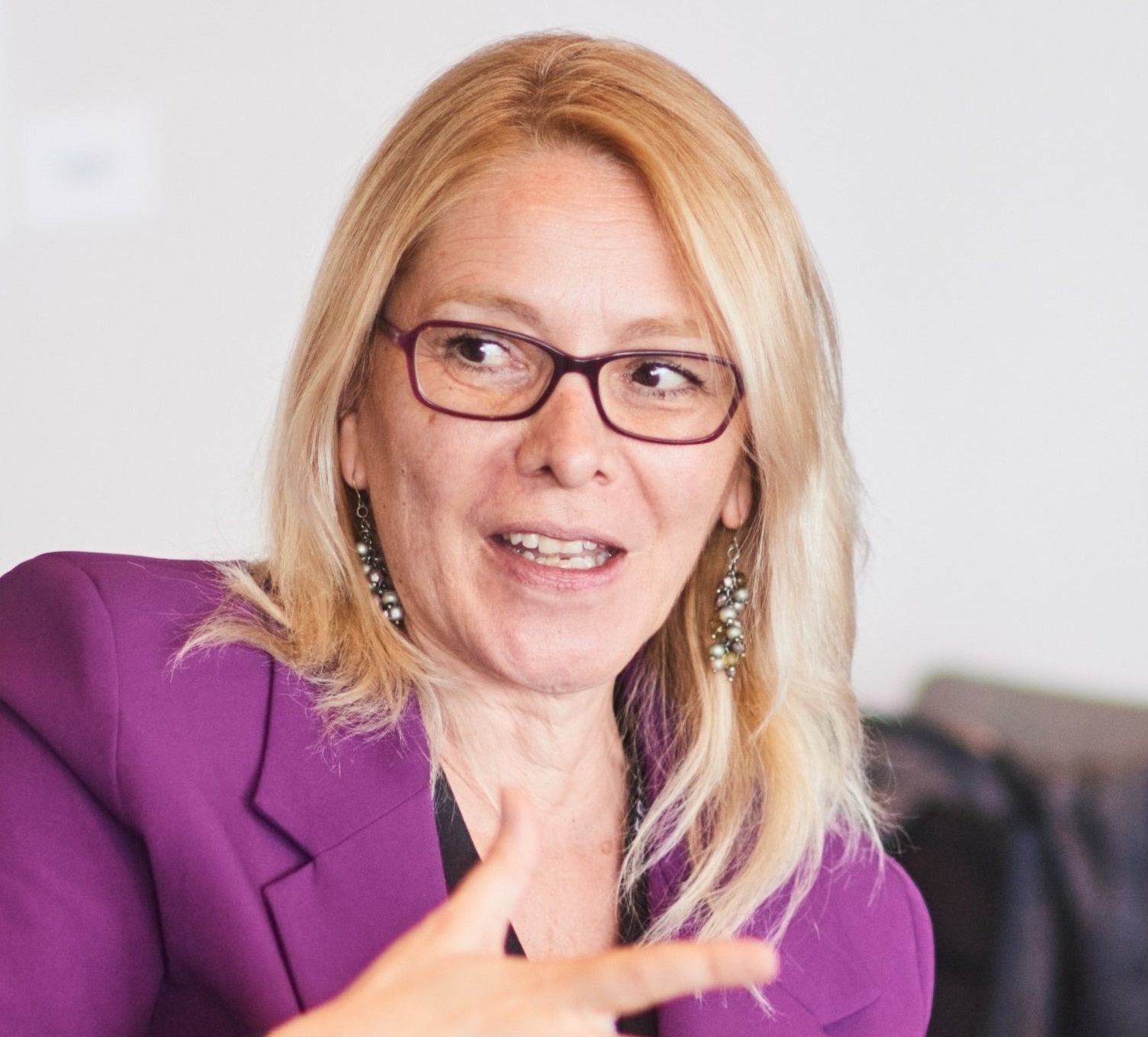
What are the biggest challenges and opportunities you see ahead for the transportation and mobility sector in 2025?
JJ Eden, executive director, North Carolina Turnpike

The tolling industry is approaching a critical juncture in 2025, facing both exciting opportunities and complex challenges. The rise of in-vehicle payment systems promises a seamless and convenient tolling experience for drivers, but also requires significant infrastructure upgrades and standardization across different vehicle manufacturers and agencies. The integration of AI offers the potential for more efficient traffic management, better customer service, enhanced dynamic pricing, and improved fraud detection, but also raises concerns about data privacy. Furthermore, as tolling systems become increasingly interconnected and reliant on digital technologies, cybersecurity will be paramount to protect sensitive data and prevent disruptions. Navigating these converging trends will be crucial for the industry's continued success and its ability to meet the evolving needs of customers.
Johanna Tzanidaki, chief innovation officer, Aya Consulting

Was that question meant to have one reply for both the challenge and the opportunity? Well, even if it was not intended so, it does have one answer: AI. It is big and unknown and as creatures of habit, we humans fear the unknown and fight it before starting to embrace it. To embrace it, we have to be able to understand it and control it and if we are the ones coding it why are we afraid to set the functional spaces and frameworks within which AI will be under our control? I believe that next year the transport and mobility community will focus on better understanding AI, better defining what is and what can trustworthy AI be. We will also work towards agreeing on the principles that make AI human-centric. We have to ensure that it serves as a tool that enhances our perception of reality rather than distorts it and that is supports fair and just decision making. We have to learn how to successfully integrate it in our transport services and products, using it as a basis for innovation and resilience. From CCAM and SDVehicles to traffic management and multimodal mobility services, AI is already acting as the force towards technological development and social inclusion. It is up to us to code it, define it and control it.
Crissy Ditmore, founder, Edgewise Network

Elections around the world have once again shifted priorities in our field. Simultaneous optimism and cynicism are consistent in every hallway discussion of 2024. I believe the opportunity of 2025 is to simply bloom where you are planted. There are always going to be political factors that enhance or limit success in our field. The key is to do as much as you can, exactly where you are. History is filled with stories of ordinary people that did something important at precisely the right time, often in their own community. In 2024, ITS America shifted committee strategy to become “communities of practice” a nod to the concept of systems thinking that builds on holistic problem solving. Collective action requires strong relationships. If our industry as a whole can build strong relationships in our own communities there is so much more we can accomplish. I’m not saying technology isn’t important. I’m not saying funding isn’t paramount. I’m saying the way to ensure that our industry is successful in the coming year is by solidifying relationships built on trust in community with each other. Only then can the technology and the funding deliver the outcomes we desperately need.
Glenn Lyons, president, UK Chartered Institution of Highways & Transportation

First off, I don’t want to suggest I am expert at everything. Secondly, I subscribe to the school of thought that prediction is a fool’s errand. Thirdly, there is a lot to choose from when it comes to what 2025 might have in store. What worries me greatly is the mounting sense of instability symbolised by the US election result. What does this mean globally for climate action within and beyond the transport sector? What does this mean for equality, diversity and inclusion as matters that need more - not less - attention? What does this mean for professionalism and the notion of experts? I’m left wondering whether things are getting out of control, or conversely whether the instability might be the very catalyst that is needed for a dramatically ramped-up effort to push (back) for a cleaner, fairer and more efficient transport system that can help society chart a course to a more, not less, sustainable future. Wow, that got deep quickly, didn’t it! Two things I am looking forward to in 2025 here in the UK are a new Integrated National Transport Strategy with teeth; and the chance to see Iron Maiden again.
Winnie Okello, founder, Africa Engineering News

In the world of intelligent transportation and urban mobility, the biggest challenge and opportunity in 2025 is one and the same...PEOPLE. Indeed, people at every level of engagement and decision-making pertaining to transportation both locally and globally will be the determining factor in whether we make the built and natural environment work more effectively and efficiently for the movement of people, goods, and services. From end users to policy makers, rural to urban areas, recreational/leisure activities or access to essential services, people. Human factors, will be the biggest challenge and opportunity in 2025.
Caz Conneller, director of community and culture, Loud Mobility

We see the huge opportunities in marrying advances in technology and innovation with effective, people-focused engagement, specifically in the micromobility/e-mobility sector. When it comes to sustainable everyday transport, we know the huge challenge is car dominance and entrenched car habits. Now, it's not about demonising the car, it's about giving people better, more desirable and convenient options. There is a big opportunity in unlocking innovation that falls between 'car' and 'bike' but this needs to be done in an inclusive way. We hope to work with industry and decision makers to ensure equity and diversity in this incredibly exciting sector. It could bring huge social, environmental and economic benefits for 2025 and beyond - if done with people's needs truly placed at the centre. info@loudmobility.co.uk
Geoff Collins, general manager UK, Acusensus

The particular challenge I see going into 2025 centres around the operational use of AI-based techniques, and how they are perceived and managed. For the past decade, reductions in road fatalities have largely plateaued internationally, and certainly here in the UK – we can’t expect better results by doing the same old things, so powerful new tools such as AI-based cameras present an opportunity to do things in a different way. Previously challenging problems such as handheld mobile phone use or not wearing a seatbelt can now be addressed, but unless carefully and appropriately communicated, the use of AI tools can cause concern for some road users, who fear this change in approach – possibly because they don’t understand it or it has been misreported to them. My greatest challenge is also a significant opportunity; proving what is possible whilst allaying fears around this new and powerful tool.
Thomas Zimmermann, CEO, Freenow

Our focus remains on ensuring taxis continue to play a vital part in shaping every city’s mobility ecosystem. Achieving this relies on stronger collaboration between the public and private sectors, enabling smarter and more sustainable urban mobility decisions. While progress has been made, there’s still work to do, and collaboration between the private and public sectors continues to be key. This cooperation is also fundamental when it comes to supporting the taxi industry in the shift to electric vehicles and encouraging people to use more shared transport options to reduce private car usage in the city centres. We made significant progress on this front in 2023, with close to 50% of all trips being taken with zero-emission taxis and PHVs and a 34% increase in zero-emission taxis and private hire vehicles. The taxi sector has a huge opportunity to make a greater impact. With approximately 60% of Europe’s ride-hailing trips still managed offline, there’s untapped potential to modernise and grow the sector.












